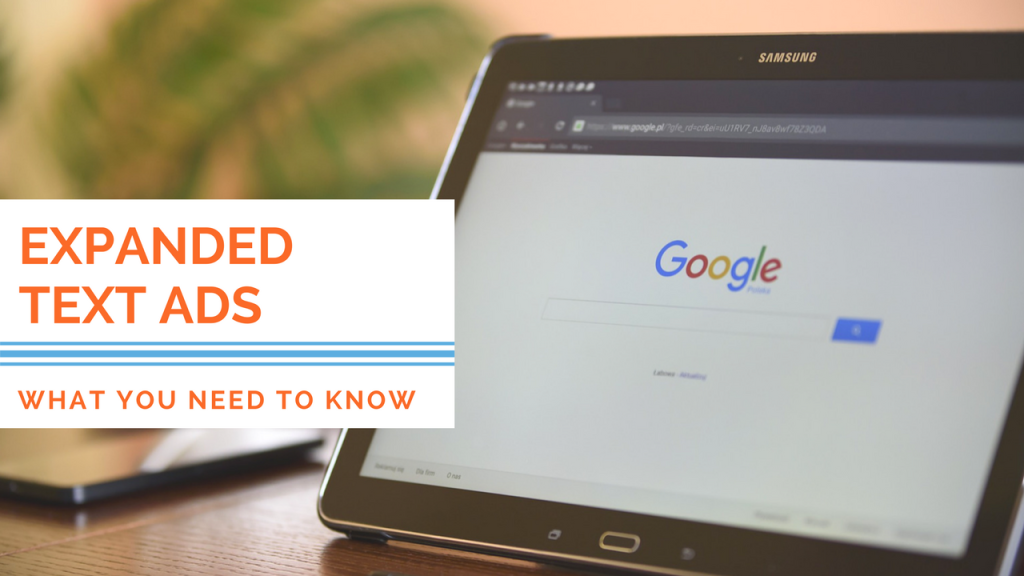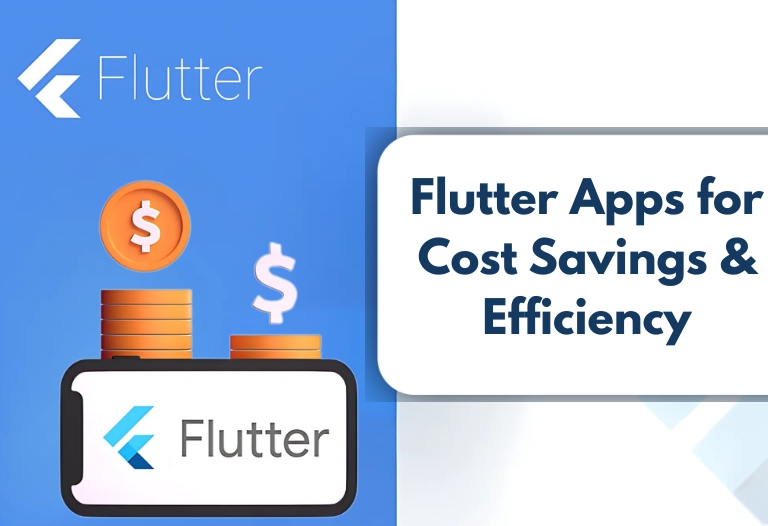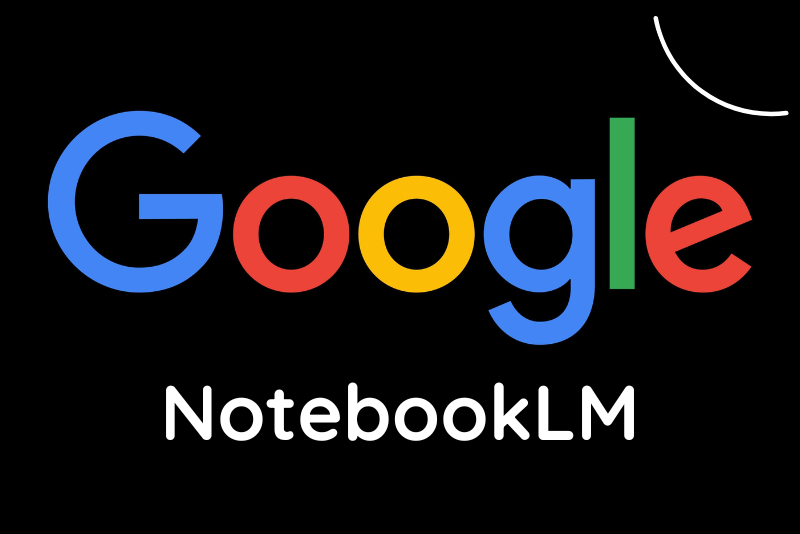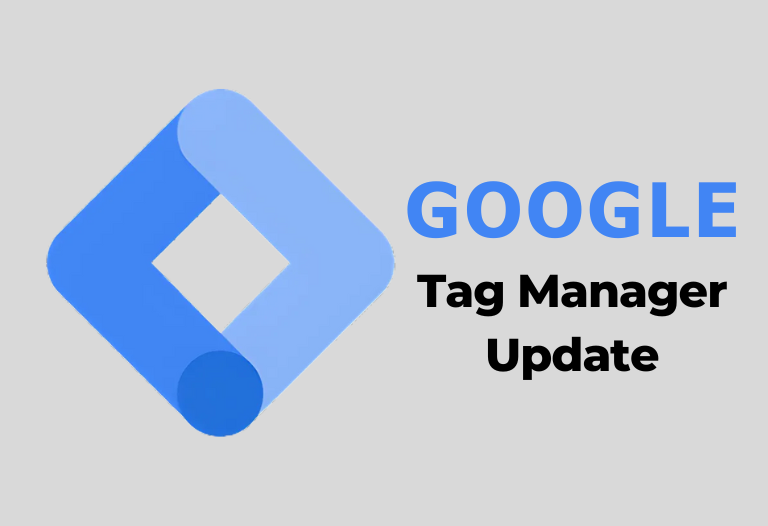
This year Google has announced some new and interesting changes to AdWords that PPC marketers need to know. Since, they announced about expanded text ads coming to Google Adwords, advertisers have been eagerly waiting for the day it’s available. Now the day has finally come when the expanded text ads are available in the AdWords interface.
Google Expanded Text Ads
Expanded text ads are enhanced version of text ads, designed specifically by keeping both users and advertisers in mind. These ads offer more space for ad text in comparison to standard text ads. These ads can run across all the devices and can be optimized for Smartphones.
How expanded ads are different from standard text ads?
Expanded Ads offer more characters with two headlines of 30 characters each and a longer description of 80 characters. Ways Expanded Text Ads are different from Standard text ads are:
Expanded Ads have:
– Two headline fields (up to 30 characters each): This means advertisers will have more characters to write headlines.
– One expanded description field (up to 80 characters): Standard ads are limited to two 35 characters description lines where in expanded ads you can add 80 characters in one description line.
– A display URL that uses your final URL’s domain: In expanded ads, AdWords will fetch the domain from final URL automatically. You just have to add path of your landing page.
– Two optional”Path” fields in the Ad’s display URL (up to 15 characters each): You can add path of your landing page using up to 15 characters. Expanded Ads offer two paths. It’s up to you whether you want to use or path or both.
Time To Adapt To Extended Text Ads
“Standard text ads will no longer be accepted after 31, January 2017.”
The advertisers will not be able to create or update standard ads post 26 October, 2016. Google hasn’t given a specific date when standard text ads will not work with Expanded Text Ads, but till then advertisers have sufficient time to ensure that they’re properly using Expanded Text Ads (ETAs.)
Google has officially launched expanded text ads in July 2016. The ads are optimized for almost all the popular smartphone screens offering approximately 50% more ad text for you to highlight your products and services.
The longer ad headlines are more beneficial to mobile users as these allow advertisers to offer additional information about their business to users before they click an ad.
Let’s take a look at early success story from an advertiser who has started using expanded text ads:
“Expanded text ads represent a tremendous opportunity for L’Oréal and our agency iCrossing. We’re now able to showcase the breadth and depth of our beauty products, and build brand love — all from a single ad creative. So far, expanded text ads have helped us deliver a 92% increase in click-through rate for one of our brands, compared to our old text ads.”
— Kirsty Woolley, Multi-Channel Acquisition Manager at L’OréalLuxe
It’s important for advertisers to take advantage of expanded text ads as soon as possible, specifically when the holiday season is right around the corner.
Tips to Run Google Expanded Ads
Here are some tips for creating and optimizing expanded text ads to help you get started:
#1.TAKE BENEFIT OF ETAs CHARACTER LIMIT:
Take full advantage of your character limits, as longer headlines increase the clickable space of your ads, communicate more to someone who’s searching, and further qualify the clicks that you receive.
– Focus on your headlines as the quality of headlines matter and will determine how well your ads perform.
#2. WRITE NEW, COMPELLING AND GENUINE ADs:
Don’t simply add a second headline to your existing ads. Create a new and interesting text. It’s tough to build a connection with someone through an ad. Additional characters allow you to offer more information about your business to your consumers. Take advantage of additional characters.
– Expanded Ads don’t mean that you need to add more characters to your ad, but it’s a big opportunity offered by Google to make creative ads that can serve your audience. Adding content to your old ad can decrease your conversions. Instead of adding second headline to your old add create a new one.
– Use extra characters to highlight the points that make your product unique and at the same time connects to user’s emotions.
#3. DON’T PAUSE OLD ADs:
Do not simply pause your old/existing ad and start with expanded ads, thinking that ETA will beat the result of your existing ad. Take some time to analyze the results offered by ETA and then take appropriate action.If your expanded ad is offering less CTR than your old ad then keep testing expanded ads. Once you start observing that expanded text ads have started offering better results, you can stop the old standard text ads.
#4. PAY MORE ATTENTION TO HEADLINE:
Though you can add up to 80 characters in description line, yet it is not as important as headlines. Headlines of ETAs have significant impact on the CTR of your ads.
– Create a catchy headline that can grab the attention of users by properly optimizing headlines using keywords.
– Run and test different ads to know which type of ad works for your campaign.
#5. MORE FOCUS TO HEADLINE:
Focus more on headline #1 than headline #2 as it grabs more user attention, no matter what device they use. The headline #2 may appear after a line break or Google may also truncate it, depending on the size of device.
You can use the Ad Preview tool to see how your ad appears with headline #2.
#6. WRITE ADs THAT ENGAGE USERS:
50% of the Google searches are done through smartphones. So it’s necessary to write an ad that engage users on all devices including mobiles, desktops, and tablets. You have to use “Mobile Preference” option to create ads for mobile users in Standard ads whereas expanded ads appear same on all the devices – tablets, desktops, and mobile.
Preview your ad on all devices to ensure that your ad makes sense to users on different devices.
#7. INSERT YOUR TOP KEYWORDS IN PATH FIELDS:
As expanded ads fetch final URL automatically, so it’s advisable to insert your top most keywords in path fields.
Adding keywords to path field, will improve ad quality score and reduces CPC of Pay-Per-Click ads.
#8. UPDATE YOUR AD EXTENSIONS:
Ad extensions are a great tool to improve the effectiveness of your ads. Search engine marketers use various ad extensions to promote offers and highlight key features that they couldn’t include in ad content.
#9. TEST AND OPTIMIZE CREATIVE:
Test and iterate your ads. You can learn about your users’ preferences and improve your performance by improving ad text, especially your headlines.
We hope these tips would help you create and optimize expanded text ads. Don’t forget to share your experience with expanded ads in the comments below!




 September 15, 2016
September 15, 2016























